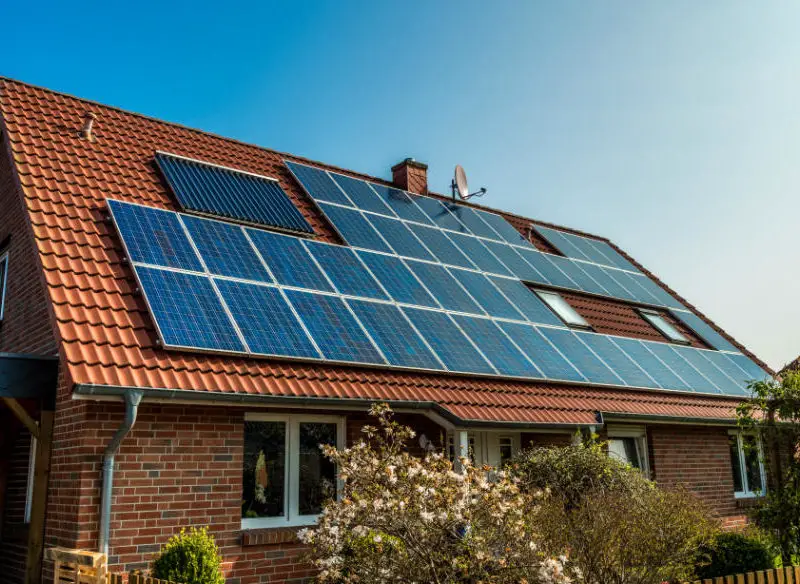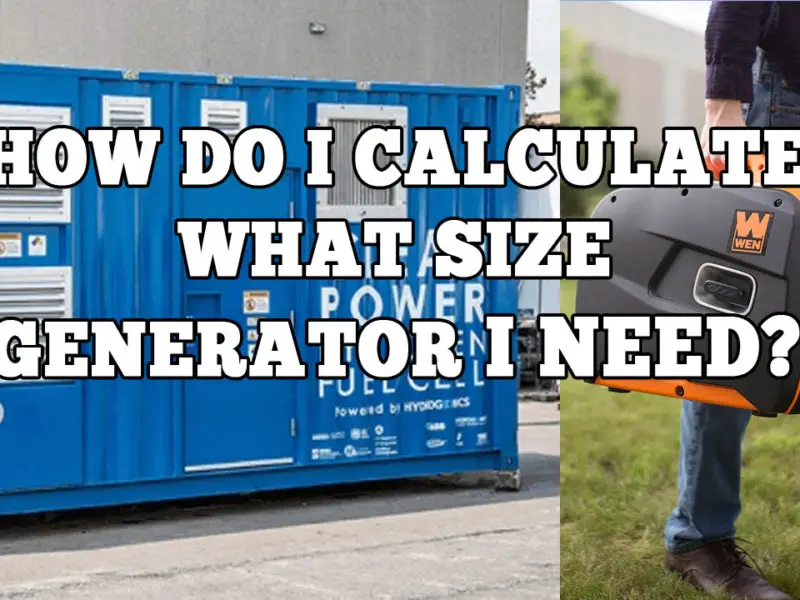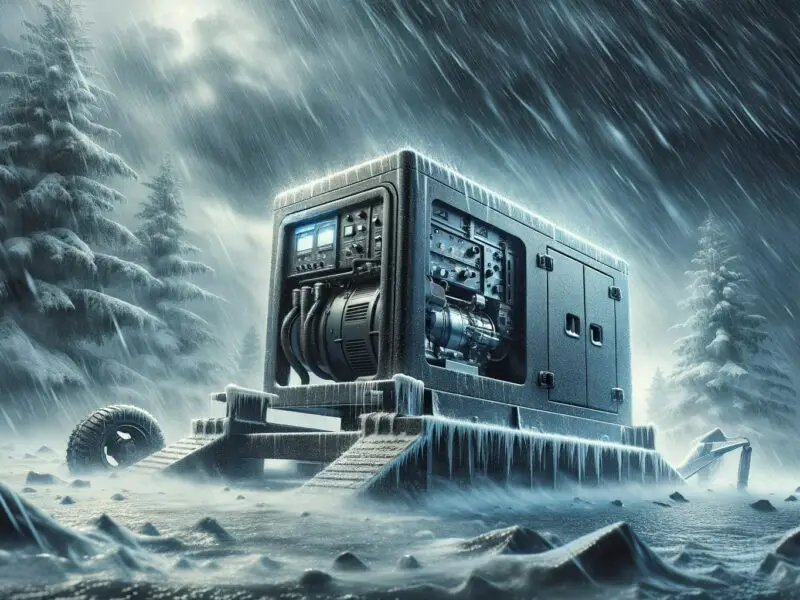Electrical power has become an indispensable part of our daily lives. Our work, economy, leisure, healthcare, businesses, and even life back at home all depend on electricity. Thus, even a temporary power interruption can cause massive setbacks, often leading to monetary losses and sometimes even loss of life.
For this reason, consumers, businesses, and other establishments and facilities are always encouraged to invest in backup solutions, such as generators and alternative power sources, in case of a grid power outage. We believe that understanding what can go wrong is the first in selecting the best backup power plan for your home or office.
So, below, we discuss some of the most common causes of electric power outages to help you plan for ideal backup solutions.
What are the Types of Power Outages?
However, perhaps we should begin by understanding the different types of power outages. Power outages can be grouped into three main categories;
- Permanent faults
Far from what the name suggests, permanent faults aren’t actually permanent. Indeed, permanent faults are the least severe form of power outages. Essentially, the term refers to malfunctions or faults in the electricity supply lines that result in the line failing temporarily – until the underlying problem is fixed.
Common examples include abnormal voltage and unbalanced current. Seasonal high demand can also cause overload, causing transformer circuit breakers to trip or a few wires to fry.
You will get back power once the underlying issue is resolved. The only problem is that the issues don’t self-resolve. Someone has to fix them for power to return.
- Brownouts
Brownouts are instances where power is temporarily reduced in a specific line for a specified period. This makes them different from blackouts, where power goes out completely.
Brownouts are often executed or even scheduled by power suppliers. So, they’re not accidental. For instance, your local supplier may decide to reduce power in the lines in your neighborhood to avert a potential overload that may cause a total blackout. The supplier then restores full power once the underlying issue is resolved.
In fact, “rolling brownouts” are common in the power industry. A rolling brownout is where the supplier reduces power section-by-section across a power grid to avoid a complete blackout.
- Blackouts
Finally, blackouts refer to total power loss. Unlike brownouts that retain a little power in the lines and self-resolve after a specified period, power is completely gone during a blackout.
Blackouts are the worst form of power outages. For one, you never really know the cause of the blackout. As a result, you never know how long it may take to fix the underlying issue. Secondly, blackouts often catch even power suppliers unaware. This complicates restoration efforts and may further prolong the duration to return power.
Whereas brownouts typically last hours, blackouts can last days or even weeks. A weather-occasioned blackout can even last an entire month.
Top 9 Causes of Power Outages
Now, let’s look at some of the most common causes of power outages. Unfortunately, blackouts account for more than half of all causes.
- Planned outages
Planned maintenance is one of the most common causes of power outages. Maybe your local power supplier is replacing some of the lines in the neighborhood. Or perhaps they’re upgrading the local transformer. Such maintenance work often requires switching off the local lines for the safety of the workers.
The good news about outages necessitated by planned maintenance is that the supplier will always keep consumers updated. For example, you may get a text message from your supplier warning you of planned maintenance the following day. Or you may even get the news on TV or local radio. This will give you enough time to plan accordingly.
- Severe weather and natural disasters
Severe weather accounts for, by far, the most power outages. Studies show that wind alone, including hurricanes, tropical storms, and tornadoes, causes 8% of power outages. Snow and ice are also common culprits, accounting for at least 5% of power outages. Finally, lighting and floods can also cause power outages.
Remember that outages due to bad weather and natural disasters are typically blackouts. You never know when they’ll strike or when the power supplier will fix the problem. Generally, the longer the poor weather conditions persist, the longer you may stay in the dark.
- Supplier equipment failure
Supplier equipment failures are what we mean when we mention blackouts resulting from permanent faults. Remember that power doesn’t come from nowhere. It generally comes from hydroelectric plants and travels along lines and through transformers to reach your home.
Unfortunately, all these parts can fail at one time or another. Such failures can easily cause outages. Transformers can fail, too, perhaps if capacitors inside the unit blow. Finally, the power lines can also become loose. These failures can cause temporary power outages until the supplier fixes the problems.
- High energy demand
If the power suddenly goes out on a perfectly nice day, your power line might be overloaded. One of the most common causes of overload is high demand. Maybe someone in the local area is drawing too much power from the lines. For instance, maybe someone has installed a massive electric power generator that draws too much electricity when it starts. This almost always causes a temporary power outage.
Another example is during the summer when everyone is using an air conditioner. The good news is that high-demand outages only last the duration of the overload. The power is immediately restored when usage levels return to normal.
- Power line damages from construction work
Imagine an excavator working on a road. Perhaps the local government is performing regular maintenance on feeder roads. The excavator can dig too close to power lines, causing a preventable power outage. For instance, the excavator can dig up or cut underground lines.
Constructors working on new buildings can also accidentally cut power lines resulting in a power outage in the local area. Such outages are typically blackouts that may last several days or weeks until the power supplier fixes the issue.
- Fallen trees
You’ve likely seen this one. Maybe a strong wind in the local area felled a few trees, which ended up on power lines. The fallen trees can cut the affected power lines, resulting in blackouts. Trees can also fall due to old age or from logging activities.
Most power supplies try to mitigate this problem by installing power lines several meters away from tall trees. Additionally, the power companies often send a maintenance crew to cut back branches or even trees that grow too close to the power lines.
- Motor vehicle accidents
Car accidents that involve cars ramming into electric poles can also cause power outages. This happens quite often. Perhaps a speeding car skidded off the road and rammed headfirst into a local power post. Or maybe a rolling car ends up breaking a power pole.
Another possibility is large trucks passing below low-hanging power lines. This can cause electrocution as well as cut the power lines. The worst part is that you never know how fast the supply company will fix such issues. It could take a day, a week, or even two or more weeks.
- Wildfires
In states known for wildfires, the fires can cause blackouts for two main reasons. First, the fire can raze down electricity posts and burn the wires, effectively cutting power to the entire area. Fires can also burn transformers.
Secondly, electricity suppliers may not wait for wildfires to burn all their equipment. Once the signs are evident, the supplier may choose to enforce an outage to prevent equipment damages and protect lives. Remember that burning power lines can also cause electrocution. So, shutting down the lines may be the ideal solution.
- Cyberattacks
Finally, power outages in modern times may also result from cyberattacks. This is a new threat for suppliers and consumers and is especially common in developed countries. For instance, security experts are already warning that cyberattacks will result in blackouts in the US during the festive season.
One of the worst blackouts from cyberattacks happened in Ukraine in 2015. One of the country’s top power supplier’s control centers was hacked, disconnecting 30 substations for three hours. The attack left over a million people in the dark.
Summary
Now you know the common causes of power outages. Unfortunately, many of these issues may be out of your control. Therefore, you need to find a reliable generator or alternative source for standby power.



